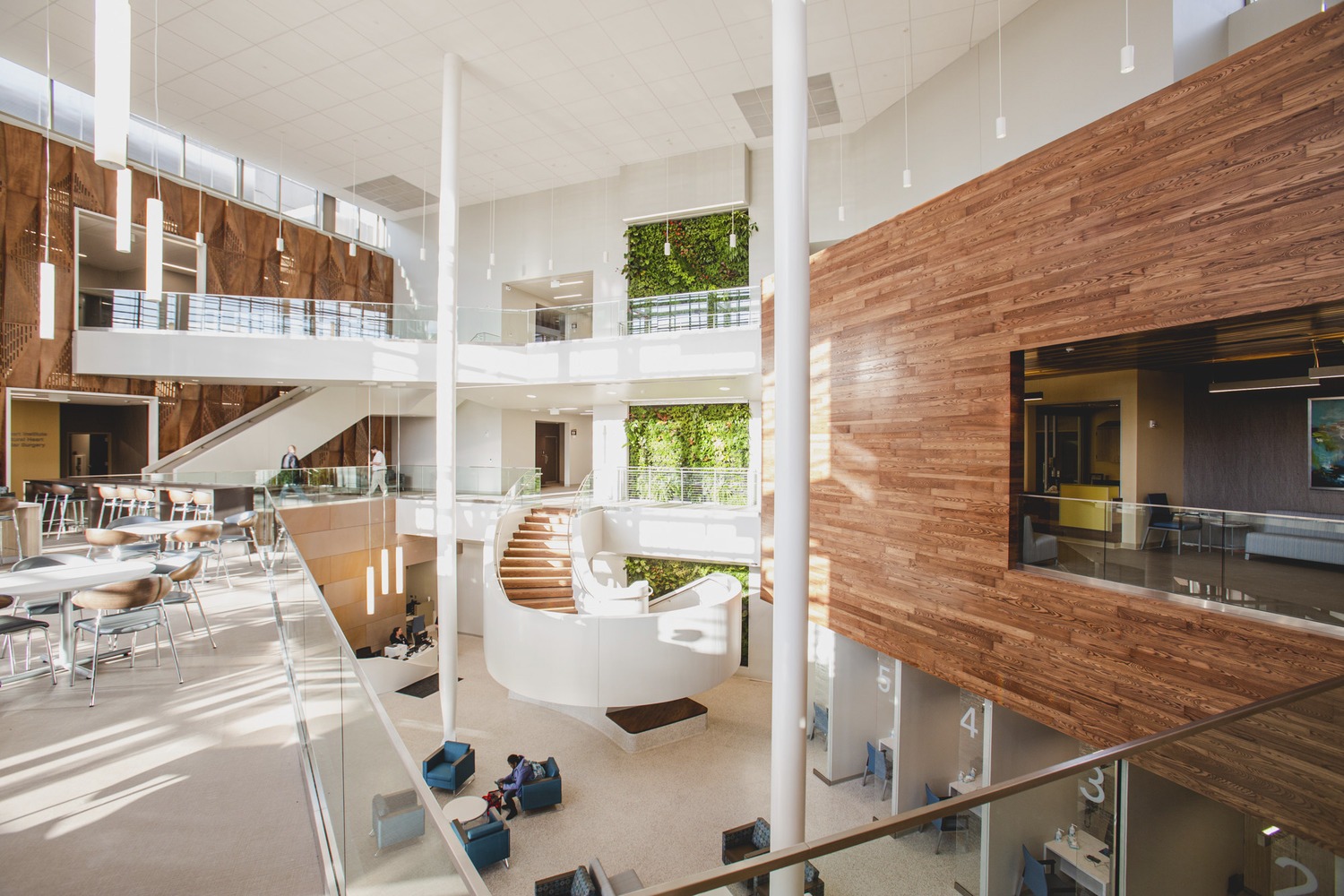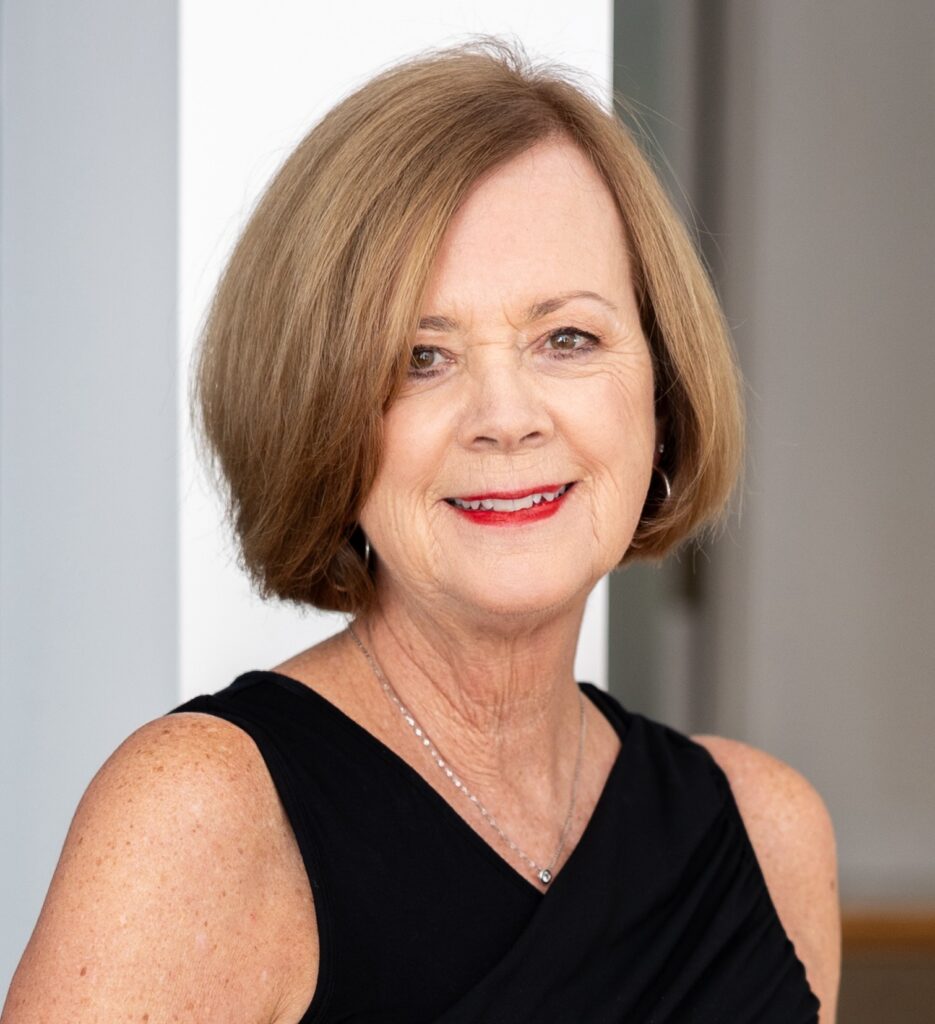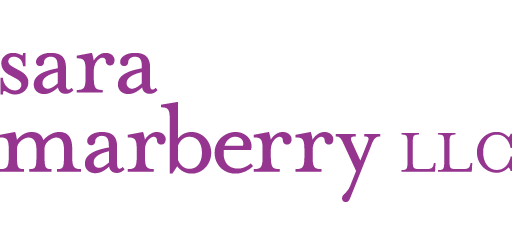
Last week, I had the opportunity to moderate a discussion on cancer care market challenges for GBBN‘s Oncology Symposium. It’s not something I know a lot about, so it was really interesting to research trends and help develop the questions to pose to our panelists.
It’s sobering to learn that in normal times, cancer is the second leading cause of death worldwide. The physical, emotional, and financial burden of cancer on individuals, families, societies, and governments around the globe is huge.
But the good news is that in countries with decent health systems, survival rates are improving due to early detection, quality treatment, and good survivorship care. Here is a summary of the topic areas we discussed.
Oncology Services Within a System
Experts expect ongoing increases in cancer diagnoses over the next 10 years. Most of these increases will result from an aging population.
Because of that, cancer care is and will continue to be, a critical component of healthcare delivery. That’s why it’s important to consider oncology services within the context of the entire healthcare system.
“Oncology serves at the nexus of the healthcare universe because it intersects with so many other services. It’s a necessary infrastructure component of our healthcare system,” said Mark Witte, Vice President, Clinical Service Lines, TriHealth in Cincinnati, Oh.
Close to Home vs. Destination Strategy
Patients expect the highest-quality healthcare experience in the most accessible and affordable location possible. They’d rather not travel far to get their cancer treatments.
But some treatments, like proton therapy, require expensive equipment. So, it isn’t possible for it to be offered in all locations. For many hospitals and health systems, a hub and spoke cancer care model works well.
“Our new cancer building is geographically in the center of the Detroit region [the hub] and our community hospitals are the spokes,” said Pamela Hazel, Project Director for the Brigitte Harris Cancer Pavilion at the Henry Ford Cancer Institute in Detroit, Mich.
Comprehensive Care Platform
Cancer care today is complex. It is targeted and personalized, and constantly changing.
Many patients are living for 10, 15, 20 years and longer following their initial diagnosis. Today, many hospitals and health systems are offering a more comprehensive cancer care platform that may include things like exercise and fitness areas, nutrition planning and coaches, yoga and Eastern medicine programs, and cooking classes.
Some of these services, like dietary services and psych oncology can be delivered virtually as needed. But how do you decide which locations offer what services? Again, this is where the hub and spoke model makes sense.
Pam explained that Henry Ford’s rehabilitative exercise program was born out of research and continues to be funded by grants. “So that is at the hub,” she said, while Eastern medicine, which isn’t just for cancer care, is systemwide.
Also, did you know that a cancer diagnosis is the leading cause of personal bankruptcy in the U.S.? I didn’t. Because of that, patients not only need clinical navigators to help them, but also financial navigators.
Cancer Care Trends
Some recent cancer care trends include proton therapy to destroy tumors, oncology urgent care to address treatment side effects, MRI guided radiation therapy that doesn’t damage surrounding tissue, cold cap therapy to prevent hair loss, and oral chemo pills. Overall, there is also a trend toward precision medicine, which means using biomarker testing and other tests to determine which treatments are most likely to help those with cancer.
The challenge is deciding which one of these cancer care treatments are worth the spend. Some, like oral chemo, don’t cost that much money to implement.
But others, like proton therapy or oncology urgent care, may require specially-designed facilities or spaces and expensive equipment.
“Oncology is so fast moving, said John Montville, Executive Director, Oncology Service Line, Mercy Health – Lourdes in Paducah, Ky. “It has to be something that will benefit a large percentage of your patient population.”
Staff Resilience
Change fatigue — the overwhelming feelings of stress, exhaustion, and burnout fueled by feelings of ambivalence and powerlessness associated with rapid and continuous change in the workplace is common in healthcare. Oncology is a high stress service line that’s only seen more change fatigue as a result of COVID protocols.
“We’re very lucky that we have great people in oncology,” said John. “I often say that it’s more of a calling than a career.”
“We think what’s important in building resiliency among our physicians, nurses, and technicians is to give them a workplace that has variety, interest, and stimulation,” said Mark, who shared that TriHealth encourages oncology physicians to work on projects and has an oncology nursing residency program. “We want them to be resilient in their careers,” he added.
Market Factors
Some factors driving market growth today are increasing patient assistance programs, more government initiatives for cancer awareness, rising cases of cancer worldwide, strong R&D initiatives from key players, and an increasing demand for personalized medicine.
“I’m most excited by the changes going on in cancer detection,” said John. The way we beat cancer is to catch it early and treat it.”
Mark is concerned about increased spending on oncology care because of more patients being diagnosed with cancer. “We are facing a national crisis around paying for oncology care,” he said. “We will have to eliminate the unnecessary cost of care and work toward what is the right care at the right time for the right patient.”
What’s It Mean for Facility Design & Construction?
We didn’t address how facility design and construction is responding to these market trends in our panel discussion. But clearly there are many opportunities to create environments that can better support the emotional, physical, and mental needs of both patients and staff.
Aging and undersized facilities and ready access to capital are other reasons for building new cancer centers. Taking a branded approach to the design of these facilities will also help differentiate them from their competitors.
“Cancer care is 1,000 doors,” said Mark. “You open one door and then there’s another door, then you have to close that door, and then there’s another door. The challenge is building an infrastructure of services around the fact that there are 1,000 doors that patients go through.”
Want More?
The recorded “Market Challenges” discussion will be available soon on the GBBN website, along with another discussion on “Oncology Trends.”
Also, Mark recommends the book, A New Deal for Cancer: Lessons from a 50-Year War by Abbe R. Gluck and Charles S. Fuchs.
P.S. Please do me a favor — if you liked this post and like this blog, please share it with others by sending them the link or posting it on your Twitter, LinkedIn, or Facebook. Also, don’t forget to subscribe, so you’ll get emails when new content is posted. Thanks!
Photo: TriHealth, Harold M. and Eugenia S. Thomas Comprehensive Care Center in Cincinnati, Oh., an award-winning project designed by GBBN.
If you like this post, please share.

What’s my story? I’m a healthcare and senior living design knowledge expert who writes and speaks frequently about trends and issues affecting these two industries. I’m also a strategic marketing consultant and content creator, working with companies and organizations who want to improve the quality of healthcare and senior living through the design of the physical environment. You can reach me at sara@saramarberry.com.


One Response
Excellent post Sara! I will share.